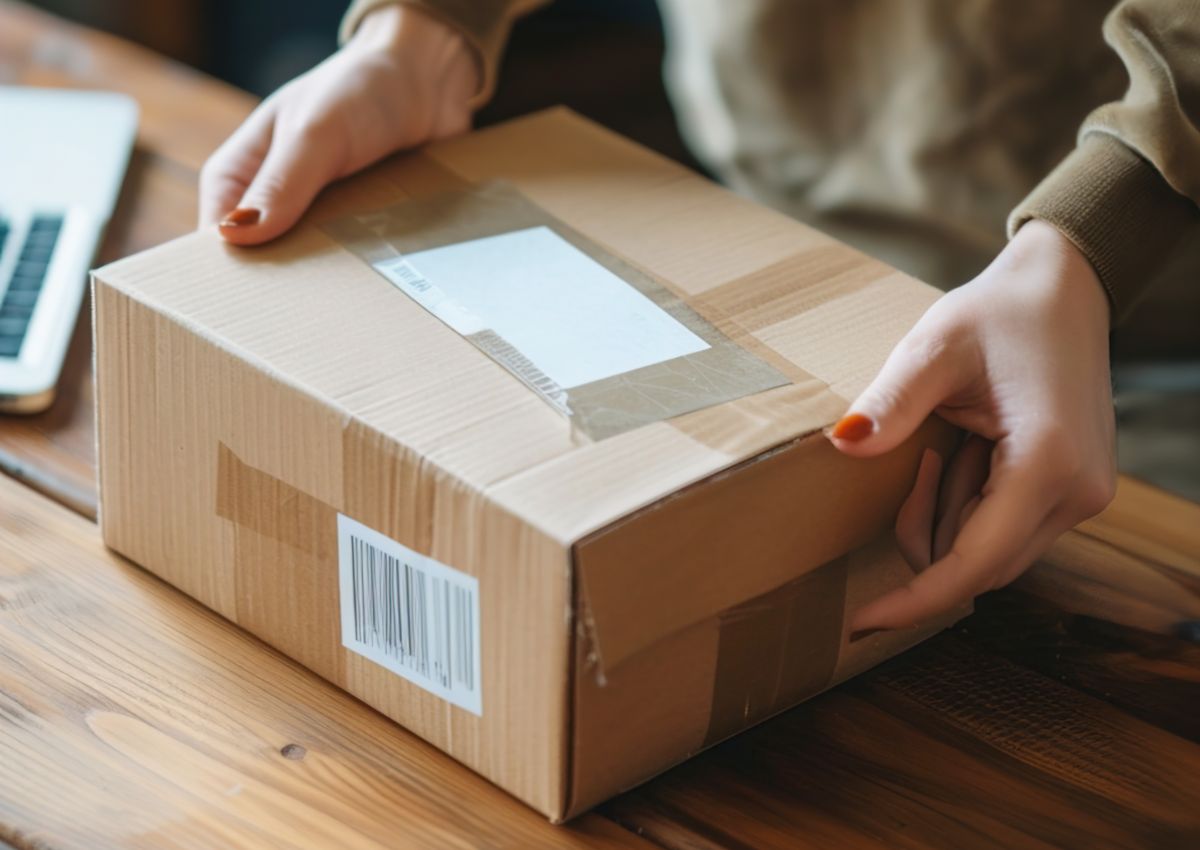Shopper across the US and Europe are increasingly shopping online – and plan to continue to do so after lockdown – but many are still using stores.
That is the new reality for retailers as lockdown is eased globally: shopper habits have changed, but it is a more subtly shift as how they use different channels, rather than switching altogether.
Research from Blue Wonder – which surveyed 6,000 European adult consumers in April and 1,000 U.S. adult consumers in both March and April – finds that while 74% of US shoppers are doing more shopping online instead of in-store in April, 69% of them admit to continuing to also use stores, especially for groceries in the same period.
In Europe, almost two-thirds (64%) of shoppers who are spending more online say they will continue to do so once the crisis subsides. However, they will continue to shop in-store post pandemic – only less so. 19% said they would visit grocery stores less than they did before – a figure that jumps to 27% for non-grocery stores.
“Online grocery delivery services have seen a big upward trend and attracted a lot of new customers, as a result of people being unable or unwilling to leave their homes,” says JoAnn Martin, vice president of retail industry strategy at Blue Yonder. “For new customers, their initial online grocery delivery experience will likely influence their repeated custom in the future, so it is crucial it is a positive one.”
The longer term effects
So, what will that future look like? The research suggests that in Europe almost half (47%) of consumers are spending more on grocery shopping since COVID-19 crisis measures were put into place, with more than a third (35%) stating their online grocery shopping had increased.
Meanwhile, COVID-19 will clearly have a long-term impact on spending behaviour in non-grocery retail. In Europe, more than half (58%) of shoppers have spent less money on fashion since COVID-19 restrictions were put in place. There was a similar trend for DIY and electronics retailers, which saw 40% and 45% of shoppers spending less respectively. Understandably, healthcare did buck the trend, with 23% of shoppers saying they have spent more during this time (higher than the sector-wide average of 17%).
“The ongoing concern for retailers is the risk of shoppers spending less, or not visiting stores as frequently. To position themselves for success, retailers’ supply chains must be geared up to provide people with the goods they want, either online or in store, as efficiently as possible. This will require them to improve their forecasting capabilities and have greater visibility into their supply chains than ever before. AI and machine learning can play an important role in helping retailers better anticipate demand, as well as identifying and resolving issues at a more granular level,” concludes Wayne Snyder, vice president of retail strategy EMEA at Blue Yonder.








